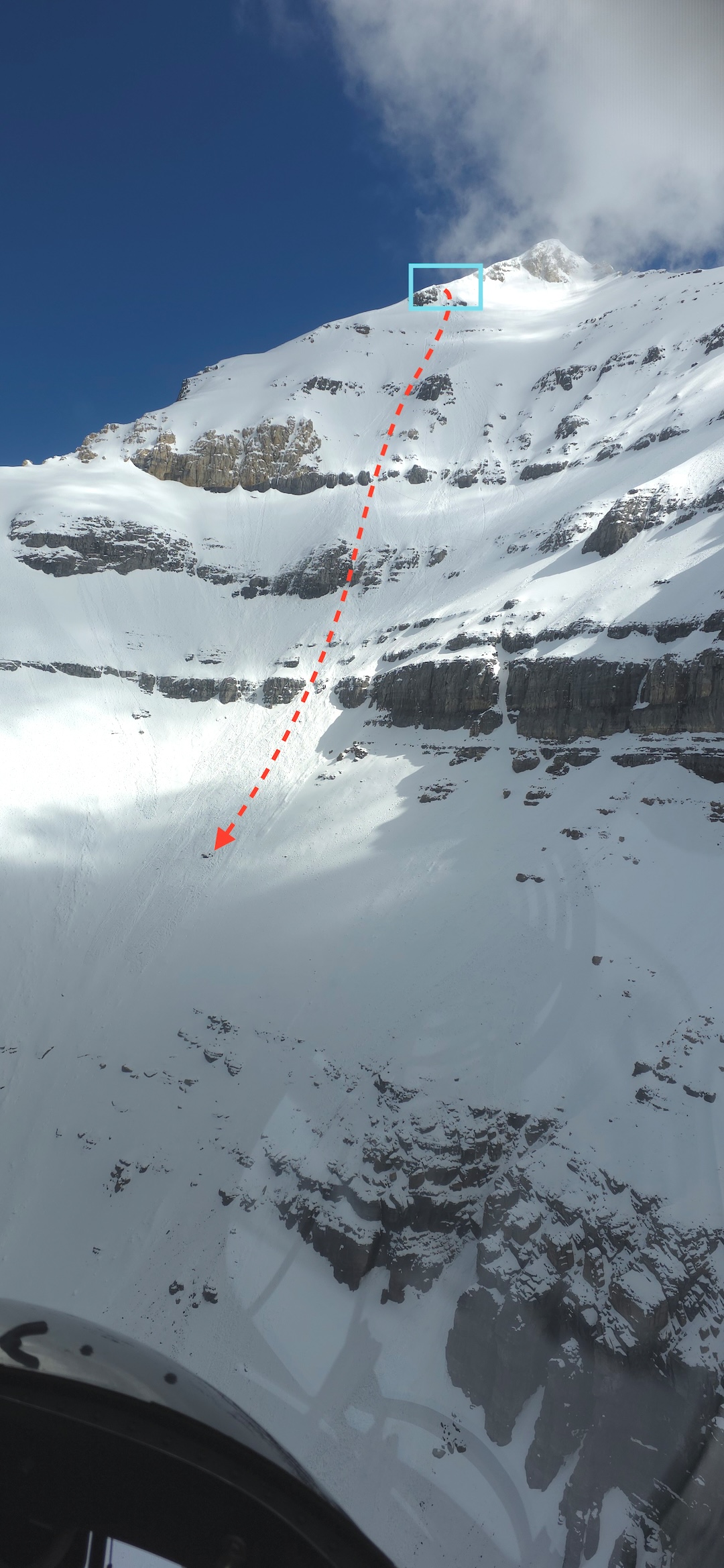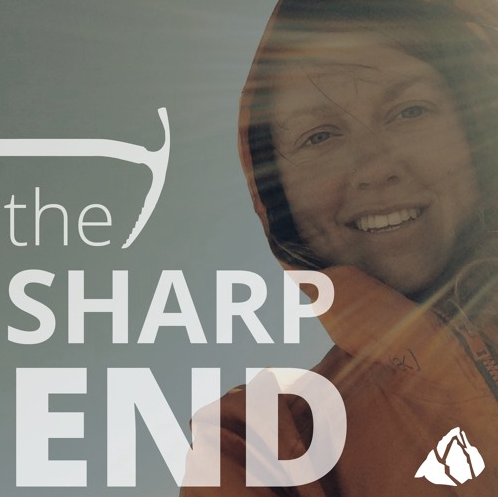Fall Through Cornice — Avalanche
Canada, Alberta, Banff National Park, Mt. Temple

On June 20, a party of two were on a ski mountaineering ascent of the southwest ridge of Mt. Temple (3,544 meters). At 9:20 a.m., while climbing the lower section of the ridge (at around 3,350 meters), one of the team members approached too close to the ridgeline and fell through a cornice that overhung the southwest face. A small wind slab (D1.5) was triggered just below the ridge crest, and the subject was carried down through several cliffbands, ending up on lower-angle terrain at approximately 2,700 meters. The subject was not buried.
The subject’s partner called Banff National Park by cell phone. After confirming their location, Visitor Safetydispatched a helicopter and rescue team. The climbing partner was advised to attempt to safely locate the subject and provide first aid, or dig them out in the event of a burial.
At 10:15 a.m., the rescue team located the two skiers. The partner was waving at the helicopter to attract attention, while the injured subject was immobile. Two rescuers were slung into the accident site while two other rescuers provided backup in a safe location. Rescuers found the subject alive but seriously injured. They were stabilized and slung to the Lake Louise helipad, where EMS was waiting. The subject was flown directly to Calgary in an air ambulance.
ANALYSIS
The weather and snow conditions on Mt. Temple were conducive to a ski ascent of the chosen route. Both skiers were experienced, and the objective was well within their abilities. They had started early, made good time, and were positioned to be off the mountain by the time conditions deteriorated in the afternoon.
At the time of the accident, the party was unroped and they were carrying their skis and wearing crampons. They were aware of the cornice but felt they were far enough on the windward side to remain safe. The injured subject does not remember the moment of the accident but said they may have been trying to look over the ridgeline in anticipation of accessing the slope as a ski objective.
This accident reminds us that cornices are notoriously unpredictable. It is difficult to determine where a cornice starts and where safe ground ends. In some cases, cornices collapse farther back than expected, with the fracture line extending onto the ridge itself. The best strategy is to allow a bigger margin than presumed necessary. If terrain forces a skier closer to the ridgeline, consider roping up and moving together. Consider belaying hazardous sections of ridge.
A second learning point is that the party had only one satellite emergency communication device, and it was carried by the person who fell. While this did not become a factor—the emergency call was made by cell phone—a lack of cell service (usually the case in Banff National Park) would have delayed the rescue response. Given the serious injuries, a delay likely would have impacted the outcome. Prudence dictates having more than one satellite communication device in a party. (Source: Parks Canada.)

